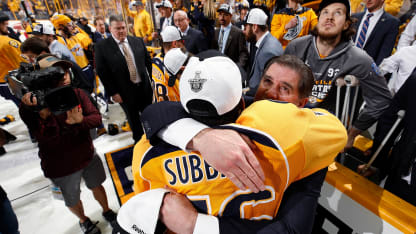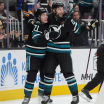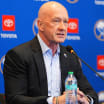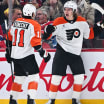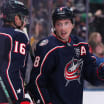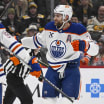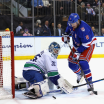The Predators' season hit plenty of bumps along the road to the Final. They lost eight of their first 11 games (3-5-3), goaltender Pekka Rinne struggled during the first half of the season, and their top two defensemen, Josi and Subban, missed 10 and 16 games, respectively, because of injuries. For much of the regular season, the Predators were a fringe playoff team in the Western Conference. They tied for the fewest points (94) among playoff qualifiers.
Coach Peter Laviolette, in his third season with the Predators, showed plenty of patience. He constantly tinkered with the lineup until he found the perfect combinations, and it paid off in the playoffs when the Predators swept the Chicago Blackhawks in the Western Conference First Round, defeated the St. Louis Blues in six games in the second round and the Ducks in six games in the conference final.
The Predators also have shown the ability to overcome injuries in the postseason, a testament to their depth. Rookie forward Kevin Fiala broke his left femur in Game 1 against the Blues. Johansen sustained a season-ending injury to his left thigh in their loss to the Ducks in Game 4, the same game they lost captain Mike Fisher to an undisclosed injury. The Predators won two straight in the conference final without Johansen and Fisher.
Here are some of the highlights along the Predators' road to the Stanley Cup Final:
